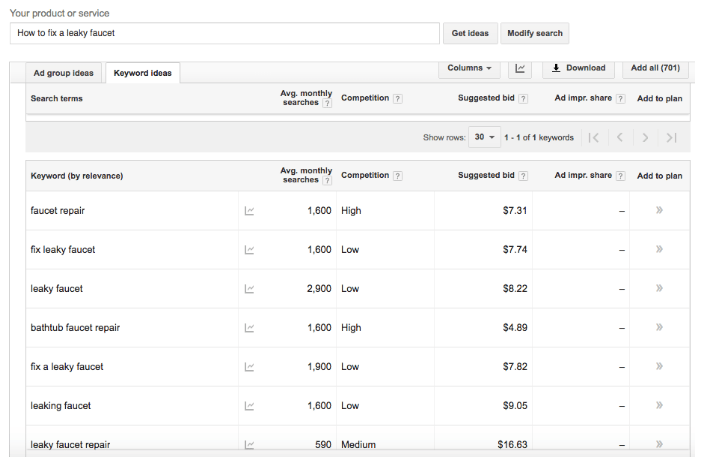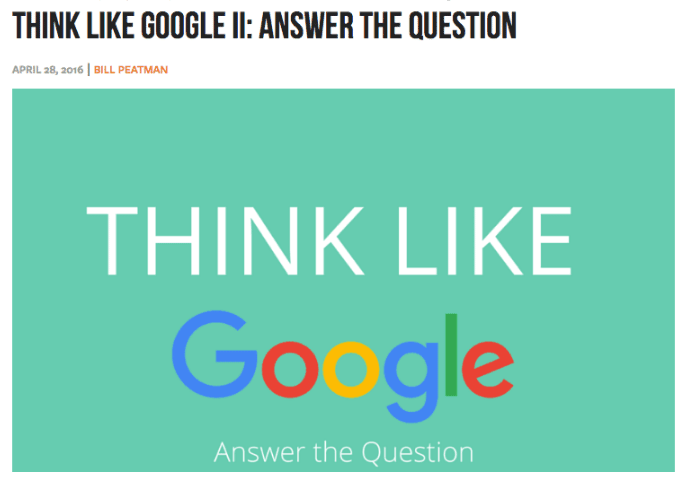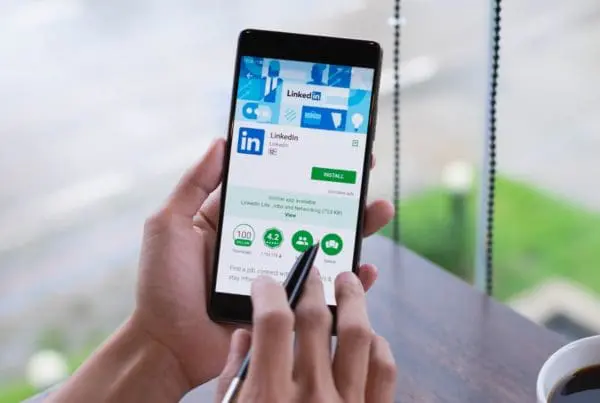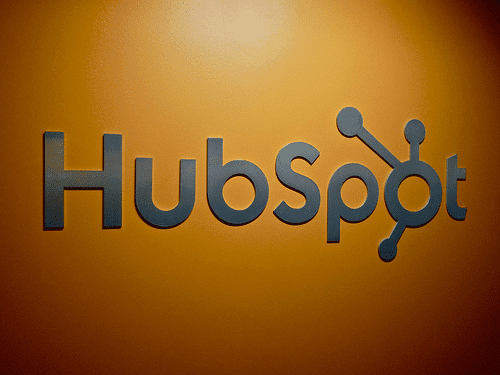If you’re starting your own online business, you may be disenchanted with the corporate world. There’s plenty of reason people gain a distaste for the meetings, politics, commuting, and dubious marketing practices of big businesses.
But don’t throw the baby out with the bathwater when it comes to marketing. Yes, corporate insincerity might turn you off, but that doesn’t mean you should turn off marketing.
Too often we see startup founders and leaders shy away from marketing because they equate it with exaggerated claims of and brazen self-promotion. But that’s not marketing, not in today’s world. That’s selling. You don’t have to brag about yourself to market your business. In fact, you need to do the opposite–focus on what got you to start your business in the first place. Focus on the need your business meets, the problems it solves, and the ways your product or service can make people’s lives and businesses better.
Here are some best practices for marketing for solopreneurs and startups.
1) First and foremost, market the problem your business solves, not yourself. I can feel your relief already! You don’t want to say “Me! Me! Me!,” and you don’t have to. The way people purchase just about everything has changed. People first search online to find solutions to their problems. Research shows that most don’t contact a business until they are 75 percent certain that they have found the right solution. You know those drug company ads that talk about conditions like Restless Leg Syndrome and Acid Reflux Syndrome? They are all about helping people confirm that they have a problem and that here is a solution. That’s a big part of marketing now–helping people confirm that their problem is real and that solutions exist.
2) Start with research. The first thing you need to do when planning to go to market with your business is to thoroughly understand two things: your ideal customer and the language they use to search for solutions to the problem your business solves. This can be done with interviews of people you know that have the problem you solve, Google searches, and keyword research.
Brian Dean of Backlinko recommends using Google to search your product category and use Google’s “Searches Related to…” at the bottom of the page. That’s where Google points to other common searches being made around the same problem. For instance, if you search on “How to repair a leaky faucet,” then scroll to the bottom of the page of results, you’ll see something like this.

Google just gave you lots of free keyword advice! You can also use Google’s Keyword Planner, where you can enter a word or phrase and it will show you the monthly search volume, competition level, and cost for that keyword and others related to it. It’s free, but you need an Adwords account to use it.
 3) Build a website with content around the keywords people use. Remember, you’re promoting a problem, not bragging about yourself. Show that you understand the problem with content that helps people confirm a) that their problem is real, and b) that solutions exist. You don’t have to sell, you just have to educate and inform. This helps you build trust with the people that visit your site–precisely because you’re not trying to sell them. It’s important to have all of your SEO ducks in a row as well–URLs, page titles, headings, and meta descriptions to align with search engine tactics.
3) Build a website with content around the keywords people use. Remember, you’re promoting a problem, not bragging about yourself. Show that you understand the problem with content that helps people confirm a) that their problem is real, and b) that solutions exist. You don’t have to sell, you just have to educate and inform. This helps you build trust with the people that visit your site–precisely because you’re not trying to sell them. It’s important to have all of your SEO ducks in a row as well–URLs, page titles, headings, and meta descriptions to align with search engine tactics.
Make sure your content and keywords are aligned around questions people ask. Most searches are made in the form of questions. “How to…” “Where is…” “What is…” Google rewards content that answers people’s questions. For more on this see this blog we wrote for Outbrain.
 4) Make sure you have calls to action on your website. If you are attracting people to your website as they look for help, it is important to make it really easy for them to request more information. At the very least, have a “contact us” button on every page. A stronger tactic is to have additional content available for download that helps qualify visitors as potential leads. For example, if you are a plumber looking for people with leaky faucets, you might have an e-book on a topic like, “How to Fix Your Own Leaky Faucet.” That would help you identify people with leaky faucets, but they’re likely not ready to call a plumber. Good. You know that. Hey look, someone already wrote one!
4) Make sure you have calls to action on your website. If you are attracting people to your website as they look for help, it is important to make it really easy for them to request more information. At the very least, have a “contact us” button on every page. A stronger tactic is to have additional content available for download that helps qualify visitors as potential leads. For example, if you are a plumber looking for people with leaky faucets, you might have an e-book on a topic like, “How to Fix Your Own Leaky Faucet.” That would help you identify people with leaky faucets, but they’re likely not ready to call a plumber. Good. You know that. Hey look, someone already wrote one!

You might have another e-book titled, “When it’s Time to Call a Plumber to Fix Your Leaky Faucet.” People who download this are likely closer to being ready to ask for help.
5) Use “we” not “I.” When talking about your business, even if you’re the only employee, talk about the business, not yourself. That reduces the perception of bragging and self-promotion, and suggests that your business is larger and more competent that people might think. After all, it’s not all about you anyway. It’s all about the customer.
6) Tell people who you’re right for and who you’re not right for. This is an instant credibility builder and a time saver for you and your potential leads. If there are types of problems you can’t solve, or types of services you don’t deliver, make that clear. It sends a very non-salesy message and shows that you’ve put some thought into what you’re best at and who can benefit most from what you offer.
7) Finally, offer assistance for free. Offering a free, quick assessment as a “first stop” at getting professional assistance is a great way to attract interested visitors. “To find out if <your business here> is right for you, call 555-555-5555 (or fill out this form or email to this address). It shows that you’re not just overanxious to get your hands into someone’s wallet, and reinforces the fact that you are trying to help people, not sell them something.
See, you can market your business with sincerity and transparency. You’re not trying to trick people into buying something they don’t want or need, you’re just trying to find the people that are looking for solutions to the problem you can help them with. It is a much more satisfying and rewarding way to market any business, so shake off the shyness and get started!




